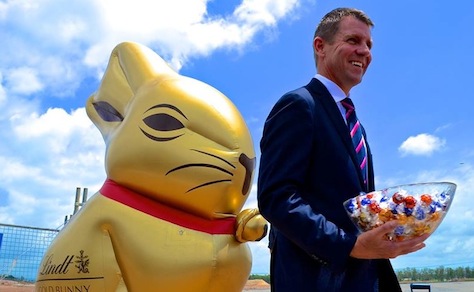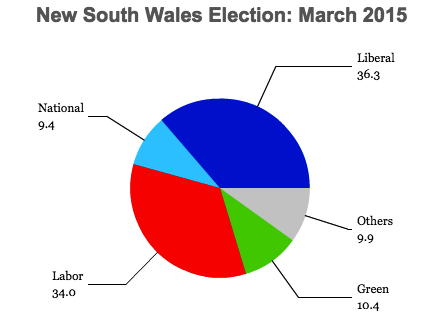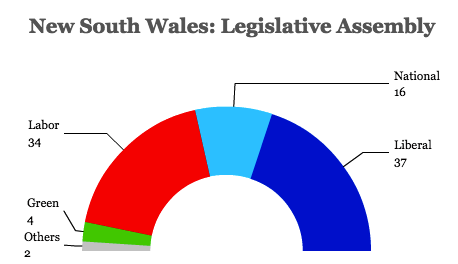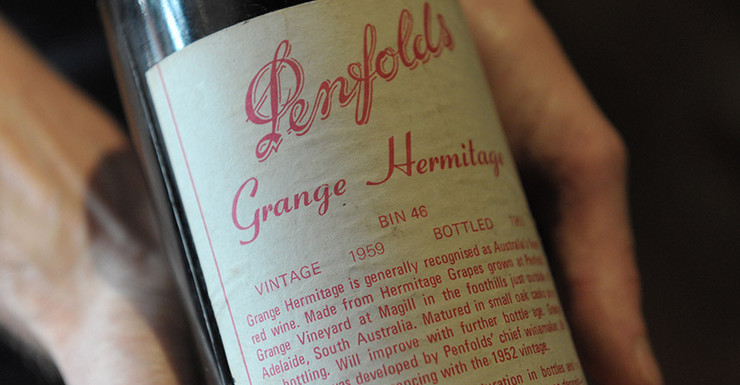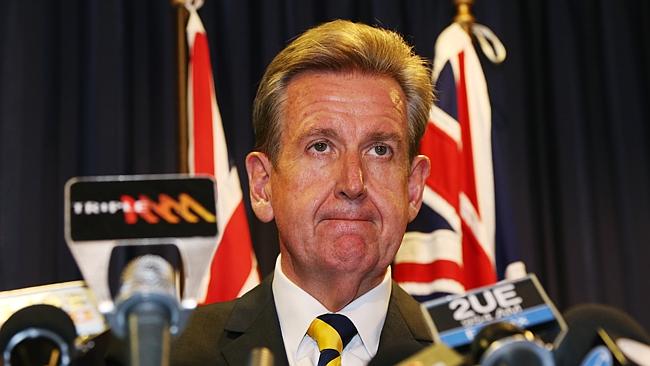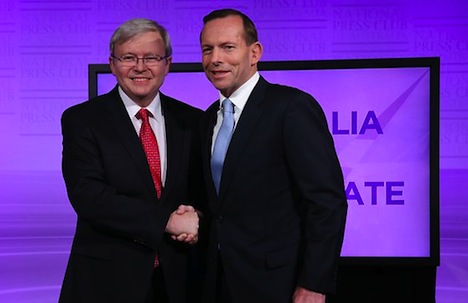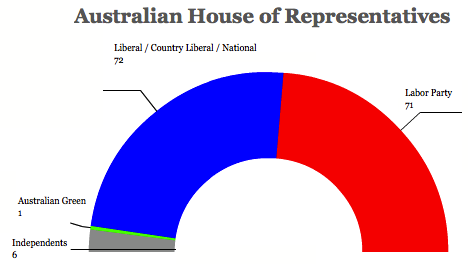After two recent high-profile failures at the ballot box, the center-right Liberal Party is breathing a sigh of relief today with an election victory in New South Wales, Australia’s largest state and the home of Liberal prime minister Tony Abbott.![]()
![]()
Less than a year after Liberal premier Barry O’Farrell resigned over a gift bottle of wine valued at $3,000, his successor Mike Baird won a renewed mandate for the Liberals in Saturday’s state election. That will come as some relief to Abbott, whose rising unpopularity caused a leadership spill in his own caucus in mid-February and whose hold on the Liberal leadership (and premiership) is still somewhat shaky. A Liberal loss in New South Wales, following losses last November in Victoria state and on January 31 in Queensland, would have certainly renewed calls for Abbott’s replacement.
New South Wales was the original name given to the British colony on Australia’s mainland established at Sydney in 1788. Over the decades of the 19th century, the colony was eventually whittled down to the pattern of today’s Australian states and territories. Nevertheless, its 7.4 million residents constitute nearly one-third of Australia’s population today.
Baird’s popularity won’t necessarily make him a direct threat to Abbott. Success at the provincial level in Australian politics only rarely results in a leap to federal politics. Former Labor premier Bob Carr, who served from 1995 to 2005, overseeing the 2000 summer Olympic games in Sydney, made the jump in 2012 only after then-prime minister Julia Gillard appointed him to Australia’s senate as part of his appointment as foreign minister. Moreover, Abbott is personally and ideologically closer to Baird than he was to O’Farrell. He’s far more likely to face a federal leadership challenge from communications minister Malcolm Turnbull or foreign minister Julie Bishop than from Baird.
Like Abbott at the federal level, Baird governs at the provincial level in a longstanding coalition with the National Party. Though the center-left Labor Party gained 11 seats, mostly at the expense of the Liberal/National coalition, which lost eight seats, Baird will continue to enjoy a plurality of seats in the state legislature’s upper house, the Legislative Council, and a strong majority in the lower house, the Legislative Assembly. Continue reading Liberals win big in New South Wales state election
